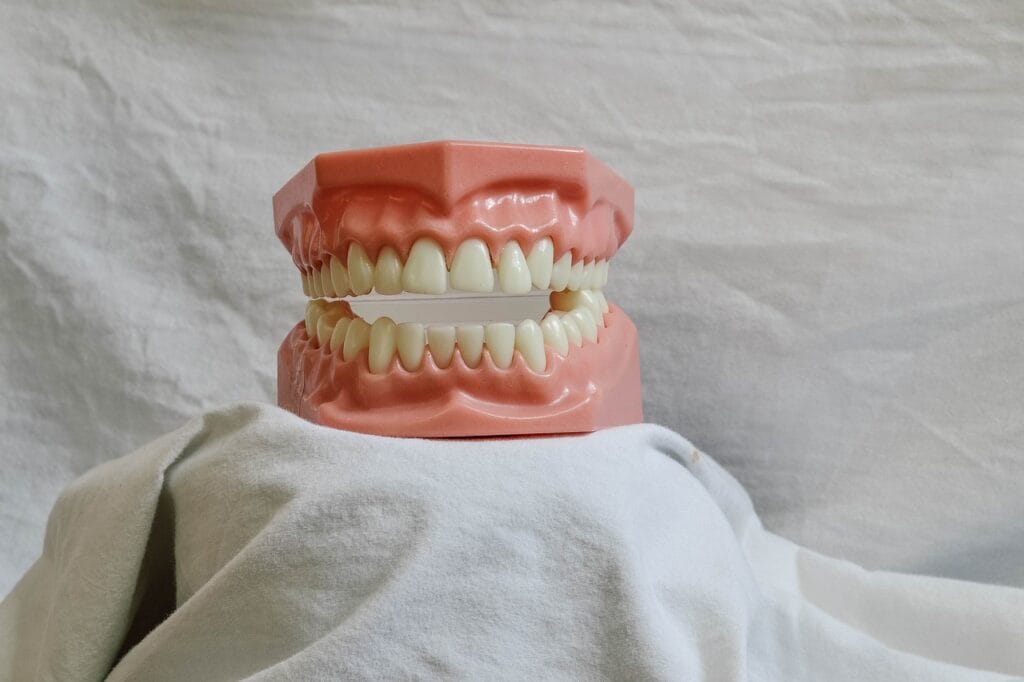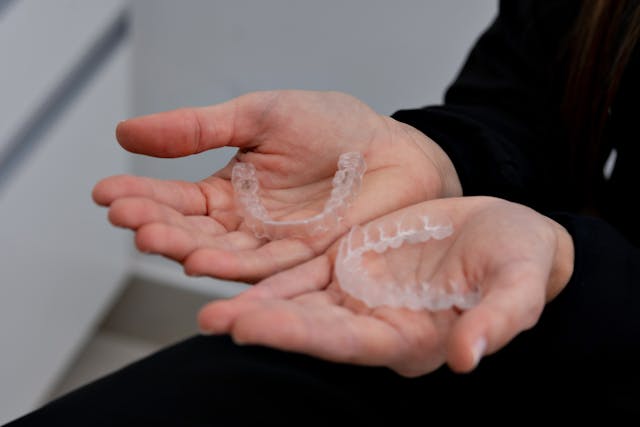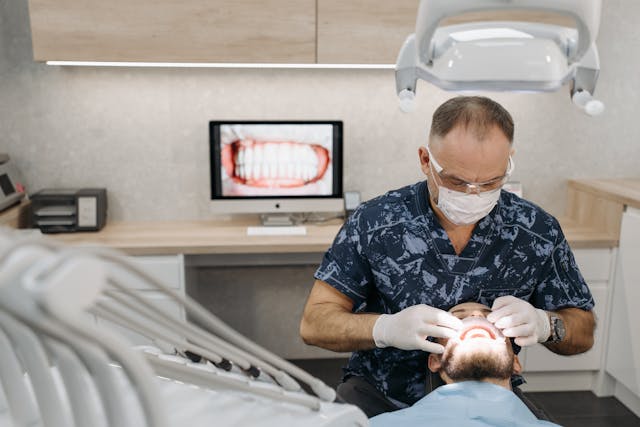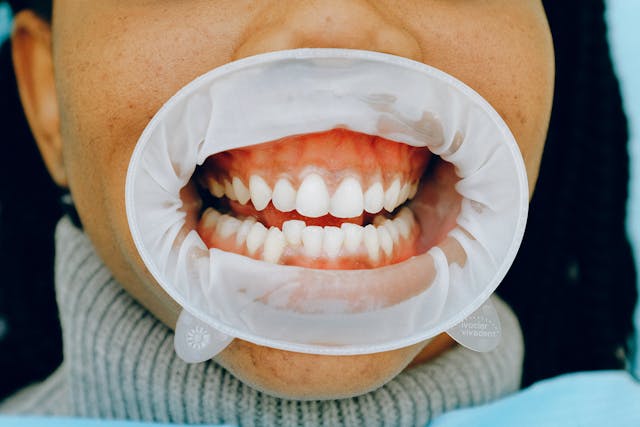Introduction to Bone Grafting for Dental Implants
Bone grafting is a crucial step in many dental implant procedure, especially for patients who have experienced bone loss in their jaw. The process involves adding bone material to the jaw to provide a solid foundation for implants. Without sufficient bone, the implant may not anchor securely, leading to complications. But why do patients need bone grafting before dental implants?
At Diamond Dental Care, we offer a variety of solutions to address most aesthetic concerns. During your visit, we’ll perform a thorough examination, take X-rays, and discuss your desired timeframe before presenting you and your parents with several treatment options. Given that some treatments may require specific timeframes, it’s advisable to book your appointment with us as soon as possible.
To schedule an appointment, call us at (909) 860-7579. You can also connect with us on Facebook or share your feedback on Yelp. Thank you!
Types of Grafting Procedures
Different types of bone grafts are used depending on a patient’s specific needs. Let’s explore the most common ones:
Autografts (Using Your Own Bone)
An autograft uses bone harvested from another part of the patient’s body, such as the chin or hip. Because it’s your own tissue, it integrates naturally with the existing bone and has a lower risk of rejection.
Allografts (Bone from a Human Donor)
Allografts use bone from a human donor, typically sourced from tissue banks. This type of graft eliminates the need for a second surgical site, making the procedure less invasive.
Xenografts (Bone from an Animal Donor)
Xenografts involve using bone material from animals, most commonly cows. These grafts are processed to ensure they are safe for human use and act as a framework for your bone to grow around.
Alloplasts (Synthetic Bone)
Alloplasts are synthetic grafts made from biocompatible materials. They stimulate new bone growth while providing a scaffold for your bone to integrate.

When is Bone Grafting Needed for Dental Implants?
Several factors can lead to the need for bone grafting before dental implants:
Tooth Loss and Bone Deterioration
After a tooth is lost, the bone that once supported it begins to shrink due to lack of stimulation. Over time, this can make it impossible to place an implant without first rebuilding the bone.
The Impact of Gum Disease
Periodontal disease can cause significant bone loss. In advanced cases, bone grafting is necessary to restore the jaw before implant placement.
Injury or Trauma
Injuries that damage the jawbone or teeth can lead to bone loss. Bone grafting helps restore the structure and make dental implants viable.
The Bone Grafting Process
The bone grafting process involves several key stages:
Initial Consultation
Your dentist will examine your oral health, review X-rays, and determine if you need bone grafting. This consultation helps outline the best approach for your specific case.
Preparing for Surgery
Before the procedure, you’ll receive instructions on how to prepare, such as stopping certain medications and fasting before surgery.
The Bone Grafting Surgery
During the procedure, the surgeon will make an incision in your gums to expose the bone. The graft material is then placed where needed, and the area is stitched closed.
Post-Operative Care
After surgery, you’ll receive guidance on caring for the surgical site, including managing pain, preventing infection, and promoting healing.

Healing and Recovery After Grafting
Recovery Time
Healing after bone grafting typically takes several months. During this time, the bone graft integrates with your natural bone to create a stable foundation for implants.
Managing Pain and Discomfort
Post-surgery, you may experience swelling, discomfort, and minor bleeding, but these symptoms can be managed with medication and following your dentist’s instructions.
What to Expect During Healing
The bone graft will gradually fuse with the jawbone. Regular follow-ups with your dentist are essential to monitor progress and ensure proper healing.
Risks and Complications of Grafting
While bone grafting is generally safe, there are some potential risks:
Infection Risks
Infections can occur at the graft site, but they are usually manageable with antibiotics and good oral hygiene.
Bone Graft Rejection
In rare cases, the graft may not integrate with the existing bone, leading to failure. Your dentist will monitor the graft closely to prevent this.
Delayed Healing
Some patients may experience slower healing due to health conditions or poor oral hygiene. Following post-operative care instructions is crucial for optimal recovery.
Benefits of Grafting for Dental Implants
Improved Implant Success Rate
Bone grafting significantly increases the success rate of dental implants by providing a strong, stable foundation.
Restored Facial Structure
Bone grafting can restore the natural shape of your jaw, preventing the sunken appearance that comes with bone loss.
Enhanced Oral Functionality
With bone grafting, patients can enjoy better chewing function and oral health, making implants more effective in the long run.
How to Know if You Need a Bone Graft?
Dental Examination and X-Rays
Your dentist will conduct a thorough examination and review X-rays to determine if your jawbone is sufficient for implants or if grafting is needed.
Consultation with a Specialist
In some cases, your dentist may refer you to a specialist for further evaluation and customized treatment options.
Bone Grafting Costs
Several factors can influence the cost of bone grafting:
Factors Influencing Cost
The type of graft, the extent of the procedure, and the location of the clinic can all affect the cost.
Is Bone Grafting Covered by Insurance?
Some dental insurance plans may cover bone grafting, particularly if it is deemed medically necessary. It’s important to check with your provider.
Alternative Options to Bone Grafting
For patients who are not candidates for bone grafting, alternative procedures may be recommended:
Ridge Expansion
This procedure involves expanding the jawbone to create more space for implants without the need for grafting.
Sinus Lifts
A sinus lift adds bone to the upper jaw near the molars and premolars, often used when there isn’t enough bone for implants in that area.
Dental Implants After Bone Grafting
How Long to Wait Before Implant Placement
Patients typically need to wait 3 to 6 months after bone grafting before implants can be placed, ensuring the bone has fully integrated.
Success Rates of Implants Post-Bone Grafting
Implants placed after bone grafting have a high success rate, often exceeding 95%, due to the improved bone structure.
Why Choose Diamond Dental Care for Bone Grafting?
Expert Care in Bone Grafting and Implants
At Diamond Dental Care, located at 303 South Diamond Bar Blvd, Ste 2C, Diamond Bar, CA 91765, we specialize in providing expert bone grafting and dental implant services to restore your smile.
Personalized Dental Solutions
Our team offers personalized treatment plans to meet your unique dental needs, ensuring the best possible outcome for your bone graft and implant procedure.
State-of-the-Art Technology
We utilize the latest technology and techniques to make your bone grafting experience as comfortable and efficient as possible.
Conclusion: Restoring Smiles with Bone Grafting
Bone grafting is a transformative procedure that paves the way for successful dental implants. Whether you’ve suffered bone loss due to gum disease, injury, or prolonged tooth loss, bone grafting can help restore both the function and appearance of your smile. At Diamond Dental Care, we are committed to delivering top-quality care to ensure the best results for our patients.
FAQs
- What is the success rate of bone grafts for dental implants?
The success rate of bone grafts is generally high, with most cases exceeding 90-95%. - Is bone grafting painful?
Bone grafting is typically performed under anesthesia, so you won’t feel pain during the procedure. Post-surgical discomfort can be managed with medication. - How long does the bone grafting procedure take?
The surgery usually takes between 45 minutes to an hour, depending on the complexity of the case. - Can anyone undergo a bone graft for implants?
Most healthy individuals are candidates for bone grafting. Your dentist will assess your specific condition to determine eligibility. - How long do bone grafts last?
With proper care, bone grafts can last a lifetime, particularly when followed by a successful dental implant placement.



